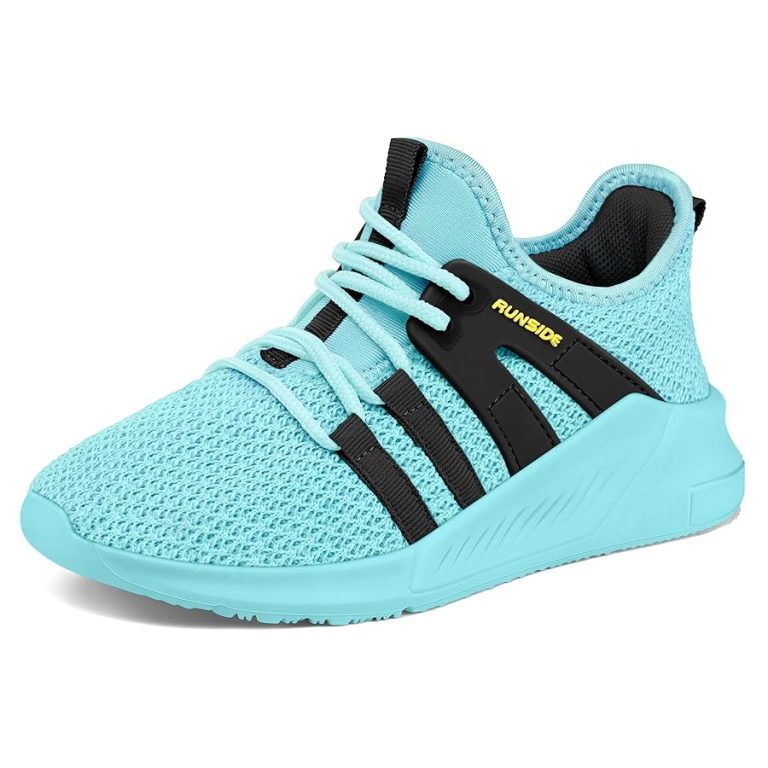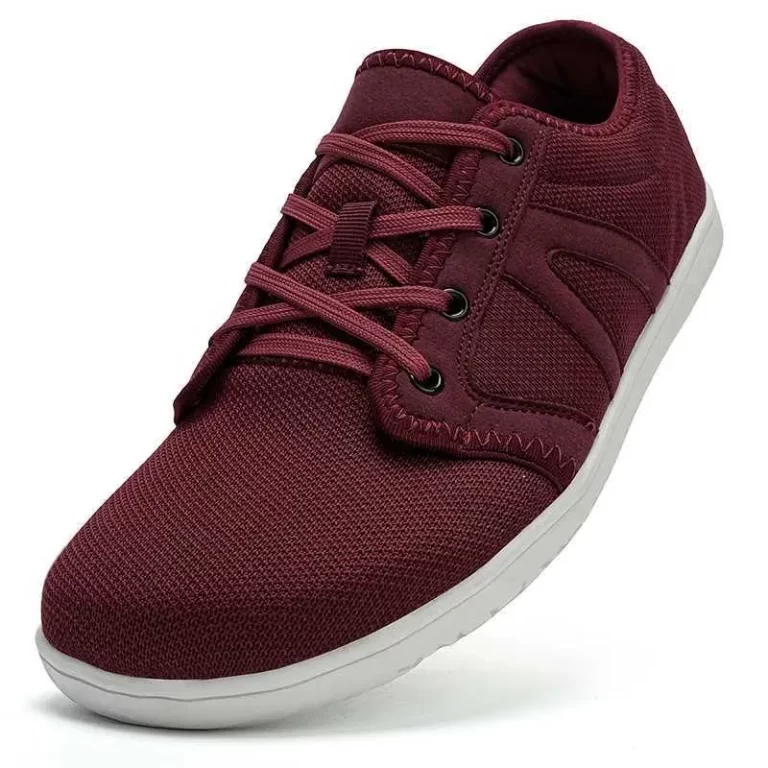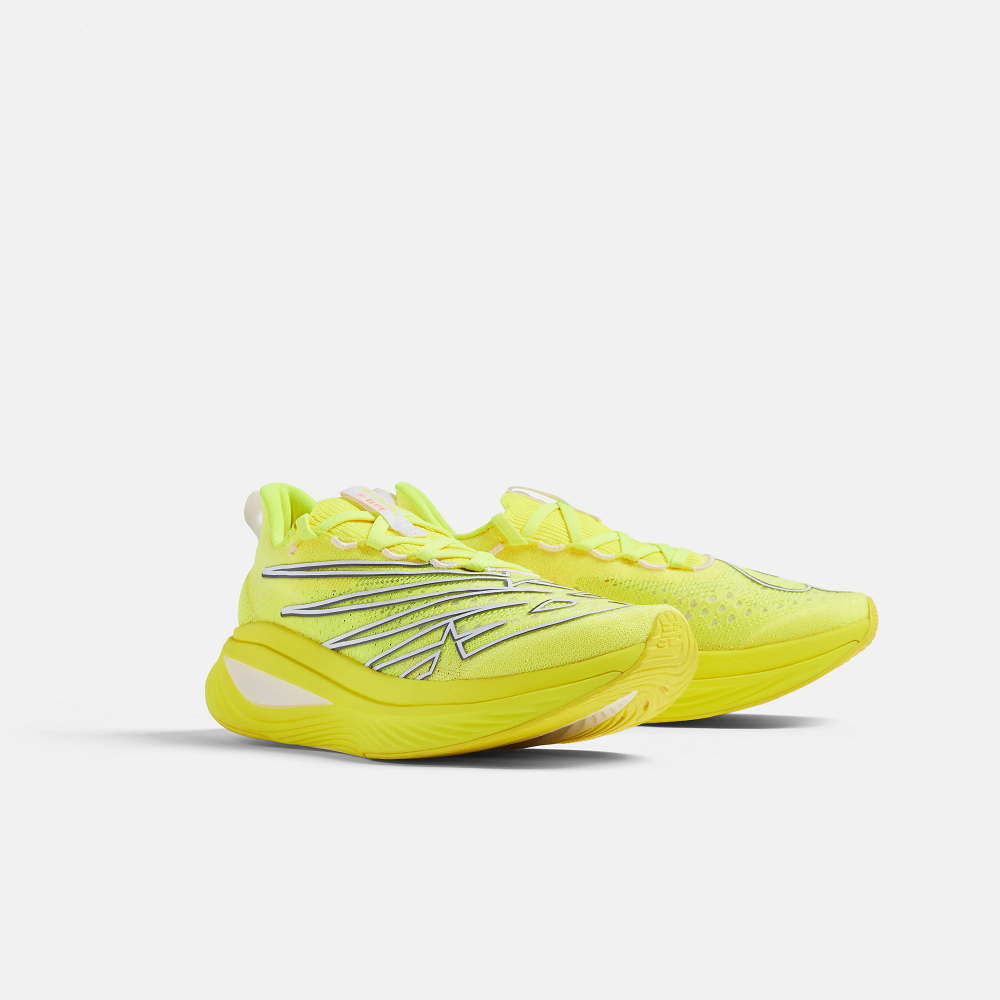
Carbon Running Shoes: Sustainable Features You Need to Know
As the world becomes more conscious of environmental concerns, the footwear industry is embracing sustainable practices. Among these advancements are carbon running shoes, which combine performance and sustainability. These innovative running shoes not only improve your running experience but also contribute to a healthier planet. This article will delve into the essential sustainable features of carbon running shoes, highlighting their importance in modern running gear.
What Are Carbon Running Shoes?
Carbon running shoes are a modern innovation in athletic footwear. They feature carbon fiber plates embedded in their sole design. These plates enhance running performance by providing a responsive and energy-efficient stride. Athletes looking for speed, comfort, and durability often prefer them.
Materials Used in Carbon Running Shoes
Carbon running shoes use advanced materials to ensure performance and eco-friendliness. The key components include:
- Carbon Fiber Plates: These serve as the backbone of the shoe’s design, providing rigidity and propulsion.
- Lightweight Foams: Ultra-light cushioning materials add comfort without adding weight.
- Recycled Fabrics: Eco-friendly upper materials made from recycled polyester or organic fibers reduce environmental impact.
- Rubber: Durable and recycled rubber outsoles improve traction while promoting sustainability.
Manufacturers select high-quality materials to balance performance and environmental responsibility.
How Carbon Technology Enhances Running Performance
Carbon technology revolutionizes running efficiency and speed. Here’s how it works:
- Energy Return: Carbon plates in the sole store and release energy during each stride, boosting propulsion.
- Reduced Fatigue: The design minimizes energy loss, helping athletes run longer distances.
- Optimized Motion: Carbon plates guide foot movement for a smoother and more efficient gait.
- Enhanced Stability: The rigid structure improves stability, reducing strain on the foot.
This advanced technology helps runners push their limits and achieve better performance.
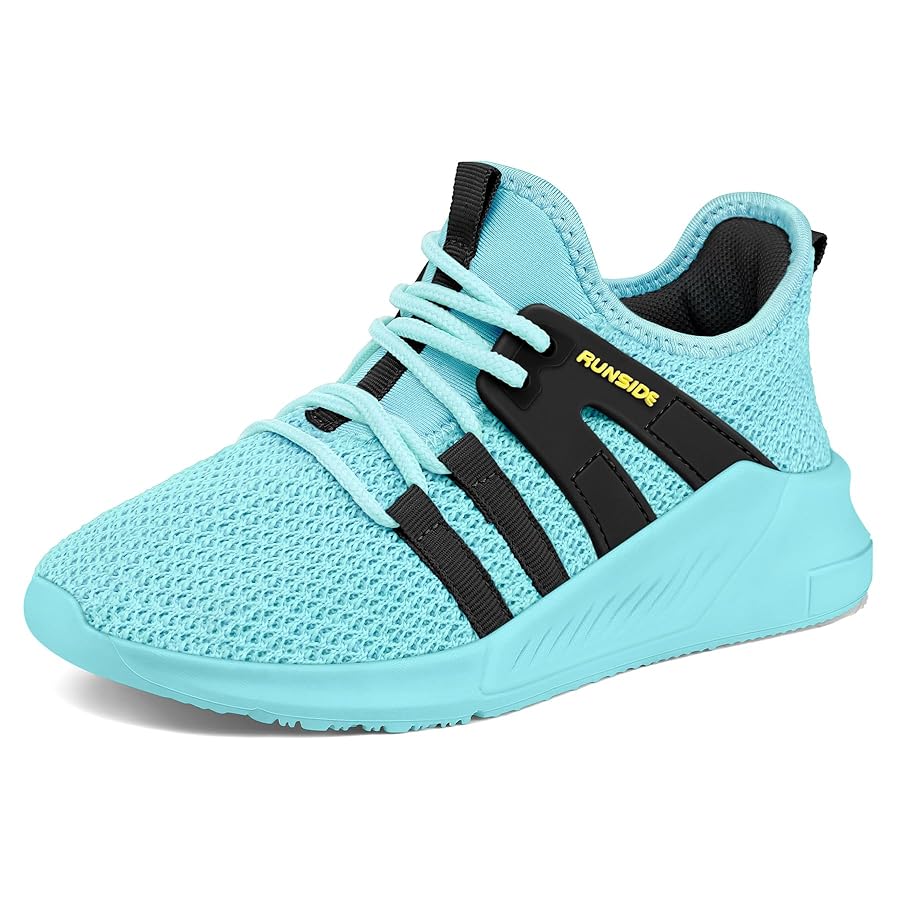
Environmental Impact of Carbon Shoes
Carbon running shoes are designed with sustainability in mind. Manufacturers aim to reduce their environmental footprint while maintaining high performance standards. Below, we explore key practices that make their production eco-friendly.
Sustainable Manufacturing Practices
Sustainable manufacturing practices play a vital role in producing carbon running shoes. These practices emphasize:
- Efficient Energy Use: Factories utilize renewable energy sources, such as solar and wind power, to reduce carbon emissions.
- Waste Reduction: Advanced production methods limit material waste, ensuring only essential resources are used.
- Water Conservation: Manufacturers implement processes that minimize water usage during shoe production.
- Ethical Labor Standards: Companies uphold fair wages and safe working conditions, promoting social sustainability.
By focusing on these manufacturing methods, brands address environmental challenges while producing high-quality footwear.
Use of Recycled and Eco-Friendly Materials
The materials used in carbon running shoes significantly impact their environmental footprint. Sustainable materials used include:
- Recycled Polyester: Shoe uppers often consist of polyester made from recycled plastic bottles.
- Organic Fibers: Some brands use materials like organic cotton or hemp for added eco-friendliness.
- Recycled Rubber: Outsoles are designed with durable, recycled rubber for longevity and environmental benefits.
- Plant-Based Innovations: Manufacturers experiment with natural materials, including algae-based foams and plant-derived fabrics.
These eco-friendly material choices help conserve resources and reduce the pollution associated with footwear production.
By adopting sustainable practices and materials, carbon running shoe brands support environmental stewardship while delivering cutting-edge performance.
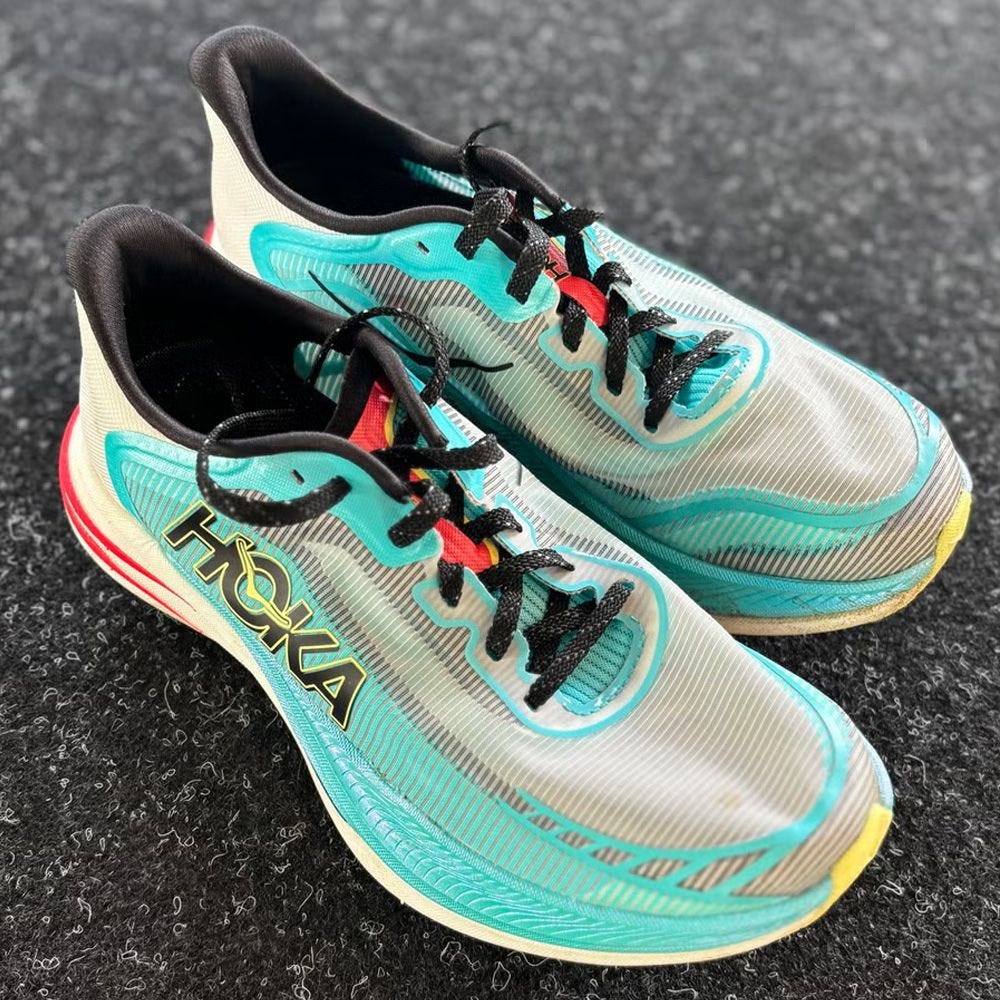
Benefits of Carbon Running Shoes for Athletes
Carbon running shoes have reshaped athletic performance with their cutting-edge design. They offer unique benefits aimed at enhancing speed, comfort, and endurance. These benefits make them a top choice for athletes pushing their limits.
Improved Speed and Endurance
Carbon running shoes are engineered for performance. The embedded carbon fiber plates enhance energy return with every step. This feature allows runners to move forward with less effort, conserving their energy for longer distances.
The spring-like effect of the carbon plate boosts propulsion, helping athletes achieve faster speeds. This design also reduces strain on muscles, improving athletic endurance. Runners can maintain their pace for longer periods, an advantage in both training and competitive settings.
Enhanced energy efficiency and reduced fatigue make carbon running shoes ideal for marathons and long-distance runs. Athletes can focus on performance without worrying about early fatigue.
Lightweight and Durable Design
One standout feature of carbon running shoes is their lightweight structure. They use ultra-light foams and advanced materials, offering comfort without adding bulk. This lighter weight allows for faster strides and less energy spent lifting the feet.
Durability is another major advantage. The high-quality construction, including tough carbon plates and recycled rubber soles, ensures long-lasting performance. These shoes can withstand the wear and tear of regular training while maintaining their functionality.
The combination of lightweight and durable materials makes them a versatile option. Athletes benefit from shoes that are not only fast but also reliable across different terrains and conditions.
Carbon running shoes empower athletes by combining speed, endurance, and lasting quality. They are a game-changing addition to any runner’s toolkit.
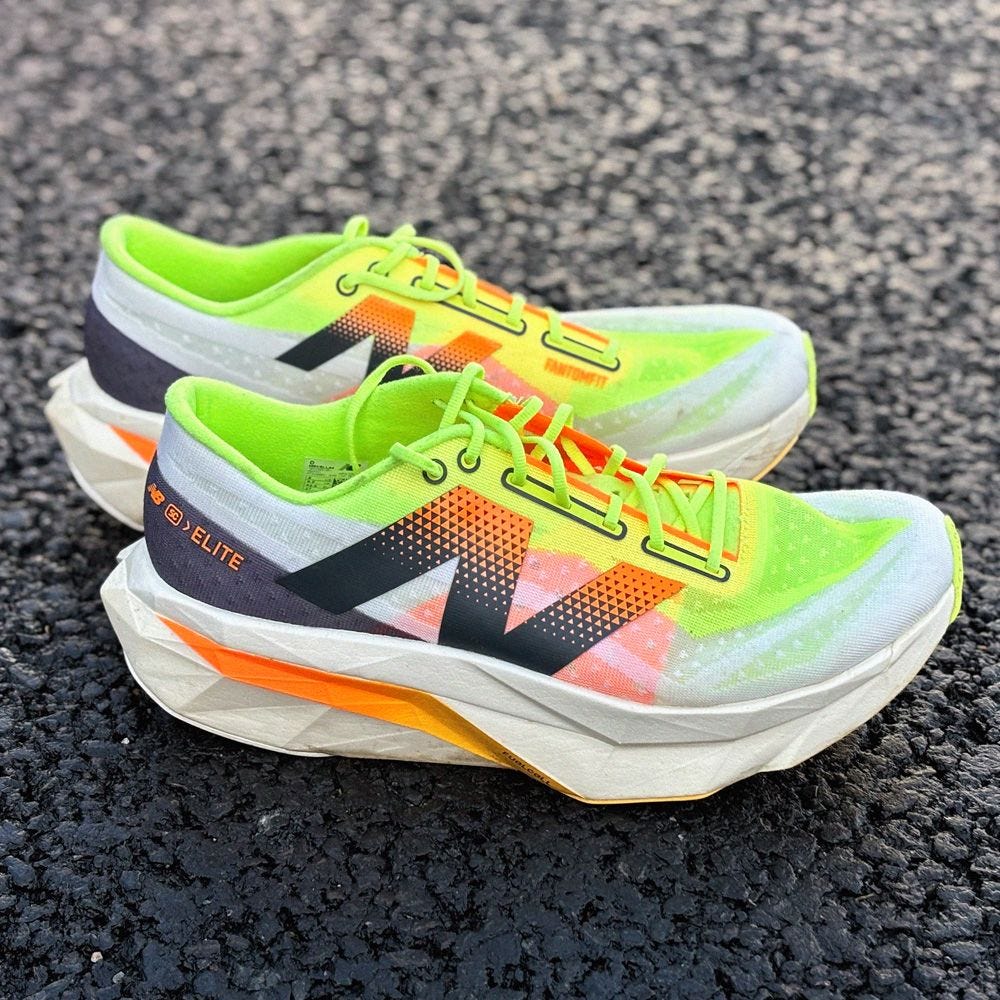
Comparing Carbon Shoes to Traditional Running Shoes
Carbon running shoes have revolutionized the running shoe industry. They outperform traditional running shoes in several key aspects. From performance benefits to environmental advantages, these shoes offer innovative features that stand out.
Key Performance Differences
Carbon running shoes perform significantly better than traditional running shoes in terms of efficiency and speed.
- Energy Return: Carbon plates in these shoes enhance energy return with every stride. Traditional shoes, on the other hand, often absorb more energy, reducing efficiency.
- Improved Propulsion: The rigid carbon plate provides a spring-like effect, pushing runners forward. Traditional designs lack this advanced feature.
- Reduced Fatigue: The lightweight foam and carbon technology help reduce muscle strain. Traditional shoes can feel heavier and more tiring during long runs.
- Enhanced Stability: Carbon running shoes offer better support for foot movement. This minimizes the risk of injury in comparison to standard running shoes.
These performance benefits make carbon running shoes ideal for runners seeking speed and endurance.
Environmental Advantages Over Traditional Options
In addition to performance, carbon running shoes are more eco-friendly compared to traditional options.
- Sustainable Materials: These shoes often use recycled materials like polyester and rubber. Traditional models rely on virgin resources, increasing their environmental impact.
- Efficient Manufacturing: Carbon running shoe brands emphasize low-waste production methods. Traditional shoe manufacturing often generates more waste.
- Lighter Carbon Footprint: Many brands use renewable energy sources for production. This reduces carbon emissions compared to traditional practices.
- Longevity: Durable designs ensure these shoes last longer, reducing the frequency of replacements. Traditional shoes may not offer the same durability.
By prioritizing sustainability, carbon running shoes help protect the environment while delivering top-notch performance.
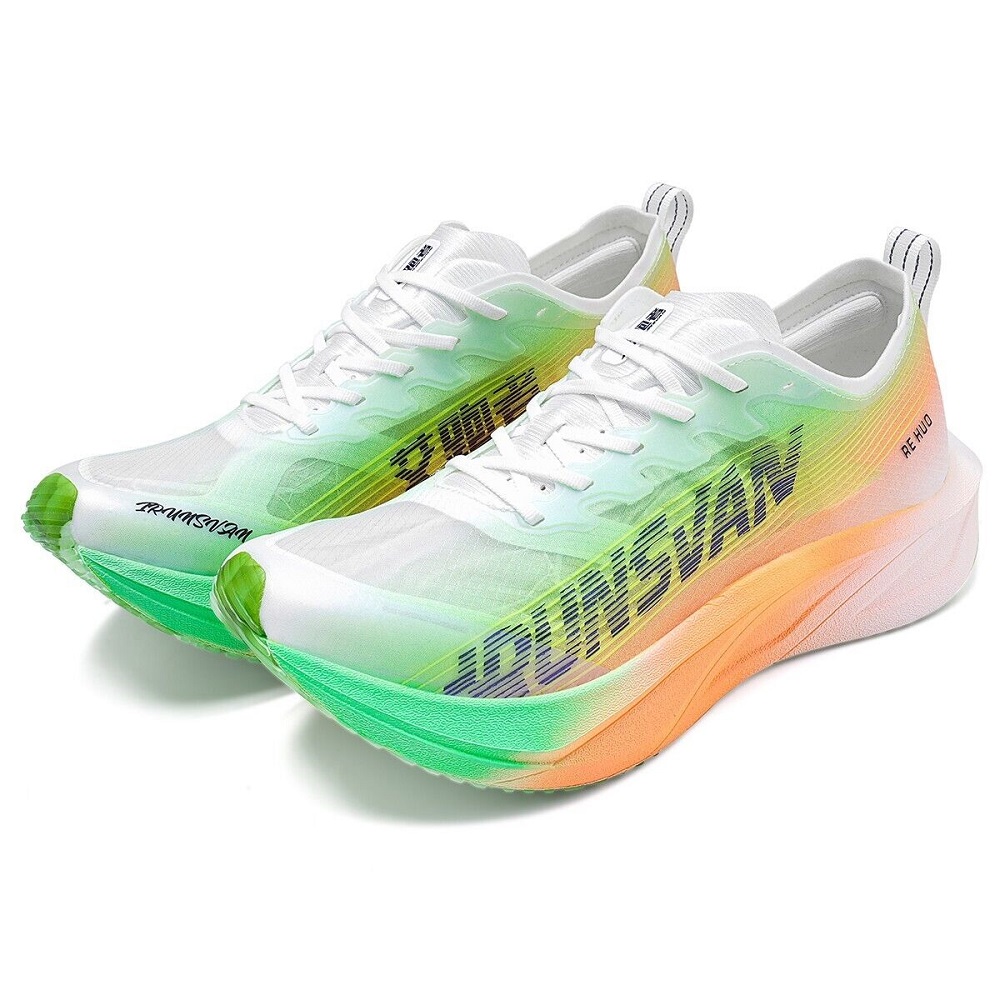
Popular Brands Offering Carbon Shoes
Carbon running shoes are becoming popular among athletes and eco-conscious consumers. Several brands lead the charge with innovative, sustainable designs and exceptional performance.
Overview of Leading Eco-Conscious Brands
- Nike: Known for its Vaporfly series, Nike integrates recycled materials and efficient production.
- Adidas: Adidas focuses on eco-friendly features like Primeblue fabric and Lightstrike foams.
- Hoka One One: Hoka combines high-performance carbon plates with sustainable practices.
- New Balance: Prioritizes durability, energy efficiency, and recycled components in their designs.
- Saucony: Offers plant-based solutions and advanced carbon technology for long-lasting, green shoes.
These brands are committed to reducing environmental impact while empowering athletes.
Notable Models and Features
- Nike Vaporfly NEXT%: Features energy-efficient carbon plates and recycled uppers for fast, sustainable running.
- Adidas Adizero Pro: Known for its lightweight design and sustainable Primeblue materials.
- Hoka Carbon X: Offers stability, comfort, and recycled rubber outsoles.
- New Balance FuelCell RC Elite: Combines durability, propulsion technology, and eco-conscious materials.
- Saucony Endorphin Pro: Includes energy-return technology with plant-derived foams and fabrics.
These models provide cutting-edge performance with a focus on sustainability.
Tips for Choosing the Right Carbon Shoes
Selecting the right carbon running shoes can greatly enhance your running experience. By focusing on key factors like performance, comfort, and sustainability, you can make an informed decision.
Factors to Consider for Performance and Comfort
When choosing carbon running shoes, understanding your specific needs is crucial. Here are vital factors to evaluate:
- Running Goals: Decide whether you’re running for speed, endurance, or general fitness. Different shoes cater to different priorities.
- Fit and Feel: Ensure the shoes fit well and provide adequate comfort to prevent injuries. Always test them before buying.
- Cushioning: Opt for shoes with lightweight but effective cushioning to support long-distance running and reduce strain.
- Terrain Type: Consider where you’ll run—road, trail, or track—and pick shoes designed for that surface.
- Weight of the Shoes: Lightweight shoes enhance speed and energy efficiency, ideal for competitive and long-distance runs.
By focusing on these aspects, runners can enjoy better performance without compromising comfort.
Sustainability Certifications and Labels to Look For
Sustainability is a growing priority for environmentally conscious athletes. When selecting carbon running shoes, pay attention to these certifications:
- Global Recycled Standard (GRS): Indicates the shoe’s use of recycled materials like polyester or rubber.
- OEKO-TEX Certification: Ensures that no harmful chemicals are present in the shoe’s materials.
- Fair Trade Certified: Confirms ethical labor practices during the production of the shoes.
- Bluesign Approved: Focuses on safe and sustainable manufacturing practices that reduce water and energy use.
- Carbon Neutral Initiatives: Some brands commit to carbon-offset programs for more eco-friendly production.
By checking for these labels, you ensure your purchase supports global sustainability efforts while aligning with high-performance standards.
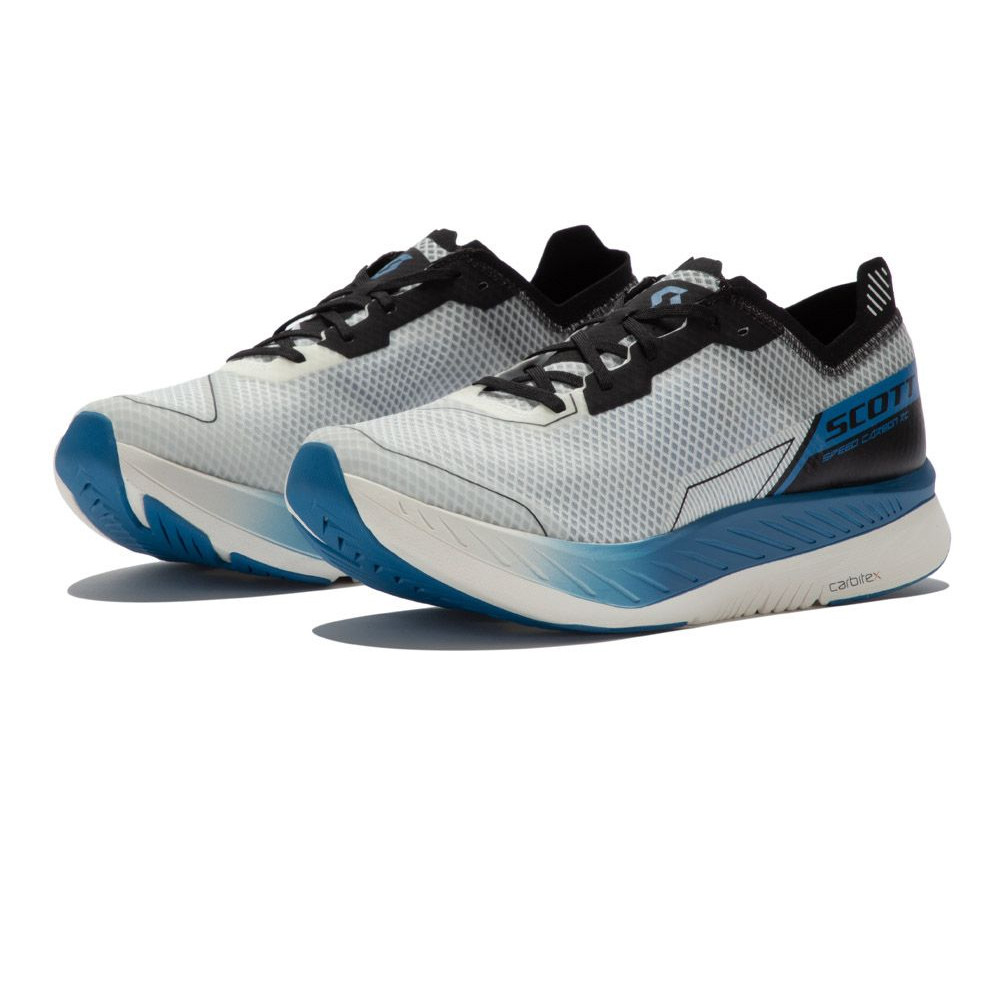
Maintaining and Recycling Carbon Shoes
Proper maintenance and recycling of carbon running shoes are essential for durability and sustainability. Taking care of your shoes not only enhances their performance but also reduces environmental waste.
Best Practices for Prolonging Their Lifespan
- Clean Regularly: Remove dirt and debris after every run. Use warm water and mild soap.
- Air Dry Only: Never use dryers. Let them air dry to preserve their structure.
- Store Properly: Keep shoes in a cool and dry place to avoid material degradation.
- Rotate Shoes: Alternate between different pairs to reduce wear and tear.
- Inspect Frequently: Check for wear on soles and uppers. Replace insoles if needed.
By following these steps, you can extend the usability and performance of your running shoes.
Recycling Programs and Initiatives by Brands
- Nike Reuse-a-Shoe: Nike collects old shoes to recycle into materials for new products.
- Adidas Infinite Play: Adidas accepts worn shoes for recycling into new gear.
- Saucony’s Sustainability Program: Offers a trade-in initiative for proper recycling and reuse.
- Hoka Recycling Campaign: Partners with programs to recycle running shoes into playground or track surfaces.
- TerraCycle Partnerships: Some brands collaborate with TerraCycle for a zero-waste shoe recycling option.
By participating in these programs, you help minimize waste and promote a circular economy.
Caring for Your Carbon Shoes
Regular Cleaning Practices
Maintaining your carbon running shoes is essential for their longevity. Regular cleaning prevents dirt and grime buildup, which can affect their performance. After each run, take a moment to wipe away any mud or dirt with a damp cloth.
For deeper cleaning, follow the manufacturer’s instructions. Many carbon running shoes can be rinsed in cold water, while others may need gentle hand washing. Avoid using harsh chemicals or detergents, as these may damage the shoe materials. Proper cleaning not only maintains appearance but also preserves performance.
Proper Storage Tips
When not in use, storing your carbon running shoes correctly can help maintain their shape and performance. After cleaning, place them in a cool, dry location away from direct sunlight. Keeping them in a ventilated area prevents moisture buildup and helps avoid odor.
Consider using a shoe rack or breathable storage bag to protect your shoes from dust and potential damage. Avoid storing them in overly warm or humid environments, as these conditions can weaken the materials over time. Taking proper care while storing your shoes will ensure they are ready for use whenever needed.
Replacement Considerations
As with all athletic footwear, carbon running shoes have a lifespan. The materials will wear down over time due to friction and impact. Most running shoes should be replaced after 300 to 500 miles of use, but pay attention to signs of wear.
If you notice reduced cushioning, visible wear on the outsole, or discomfort during runs, it may be time for a replacement. Keeping track of your shoe usage can help you determine when to invest in new carbon running shoes. Monitoring the condition of your footwear ensures you maintain optimal performance throughout your running journey.
Conclusion
Carbon running shoes represent a significant advancement in sustainable footwear, combining performance with eco-friendly practices. Understanding the essential features that make these shoes ideal for runners helps ensure you make informed choices. From quality materials to personalized fits, investing in the right pair can strengthen your connection to running.
Choosing carbon running shoes with excellent support and energy return will enhance your running experience. Additionally, caring for your shoes properly will prolong their life, making the investment all the more worthwhile.
As you explore the world of running, consider how your choices impact not just your performance but also the environment. Embracing sustainable practices, such as wearing carbon running shoes, allows you to enjoy comprehensive benefits while doing your part for the planet. Equip yourself with quality shoes and enjoy the journey of running—one step at a time!
